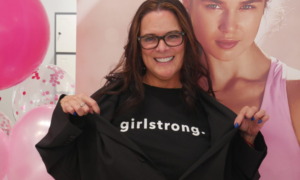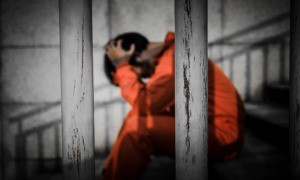Glenwood Springs, Colo.
(970) 945-9300
www.youthzone.com
Objective: Provide prevention, intervention and advocacy services to deter young people from crime.
In a Nutshell: YouthZone is a service-based youth organization that collaborates with other service agencies in the community. The court program provides adjudicated youth with intervention services for behaviors such as violence and substance abuse, and includes them in YouthZone outings such as rock-climbing expeditions and trail-building projects.
Where It Happens: YouthZone serves 11 rural communities and four counties covering 7,254 square miles in western Colorado.
When It Began: The agency opened in 1976 and began its court programs in 1978.
Who Started It: Bud and Charlene Collett, who were concerned about drug and alcohol use among youth where they lived. The organization had no budget and was run entirely by volunteers.
Who Runs It: Director Debbie Wilde, an activist with a background in substance abuse issues and nonprofit management. She oversees a staff of 15, eight of whom are devoted to the court program.
Early Obstacles: Building a reputation in the communities as a professional and knowledgeable youth service provider, attracting and maintaining qualified staff on a limited budget, and gaining access to juvenile records in order to assist youth in the juvenile justice system.
How They Overcame Them: YouthZone offers employee incentives such as career training opportunities and strong benefits. Persistent networking with local judges and prosecutors helped the group win acceptance as an alternative to sentencing for youth offenders.
Cost: The annual budget for YouthZone is $1 million, 60 percent of which is marked for the court alternative program.
Who Pays: The organization receives funding from state detention alternative and victims’ assistance grants, and from the U.S. Department of Justice and the Department of Health and Human Services. YouthZone also relies partially on fees (ranging from $80 to $500) paid by court program participants for about 10 percent of the court program budget.
Who Else Has Kicked In: YouthZone receives some foundation grants, but not for the court alternative program.
Youth Served: YouthZone serves 1,500 youths annually, about 900 of whom are in the court alternative program. Youths range in age from 6 to 18, but the average age of youths beginning the court program is 15.
Youth Turn-On: “The staff is highly skilled in and extremely knowledgeable about youth issues, and are very good listeners,” says Wilde. “Youth very often will continue to remain in touch with staff even after they are no longer in a YouthZone program.” The Teen Pal program, matching older teens with younger members, helps to keep younger youths interested.
Youth Turn-Off: Youths in the court alternative program are not initially participating of their own volition, and they sometimes exert negative peer pressure on youth who find the program interesting.
Research Shows: An evaluation by independent consultants showed that 76 percent of 900 young people completing the alternative sentencing program did not commit other offenses as juveniles. The entire YouthZone program was identified by the Washington-based Urban Institute as one of the 13 promising programs in its 1998 book, “Building Supportive Communities for At-Risk Adolescents: It Takes More Than Services.”
What Still Gets in the Way: Maintaining and attracting qualified staff, and generating public awareness of the program, while operating on a tight budget.





























